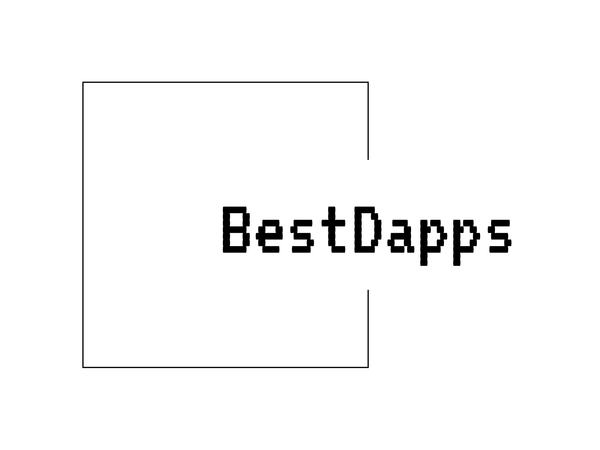
Unlocking Blockchain: The ICX Revolution
Share
History of ICX (ICON)
ICX, the native cryptocurrency of the ICON project, has a relatively extensive history in the rapidly evolving blockchain space. ICON was launched in 2017 by a South Korean company called ICONLOOP, formerly known as theloop. The goal behind ICON was to create an advanced decentralized network designed to hyperconnect isolated blockchain communities and disparate decentralized applications (DApps).
The ICON project gained significant attention during its Initial Coin Offering (ICO) in September 2017. Its ICO raised a substantial amount of capital, drawing interest from both the cryptocurrency space and institutional investors due to its focus on interoperability. ICON set out with an ambitious goal of creating a blockchain network that connected various industries, such as healthcare, education, finance, and security, by enabling blockchains to interact through its own network.
Central to ICON’s initial vision was its "loopchain" technology, a high-performance blockchain engine. Unlike some other cryptocurrencies, ICX was designed not merely as a currency but as a tool that facilitates transactions and connects different blockchains through the ICON Republic, an extensive network made up of various blockchain entities. By design, NODEs within the ICON network could govern themselves while interacting with other blockchains. This approach allows various sectors to maintain autonomy while benefiting from the larger ICON ecosystem.
ICON’s decentralized exchange (DEX), one of its features, plays an essential role in ICON’s blockchain ecosystem by facilitating exchanges between different cryptocurrencies. ICX serves as a medium of value in this system, functioning as both a utility token and a payment mechanism to incentivize participants within the network.
While ICON's goal of broad interoperability remains core to its mission, the technology continues to evolve. Development efforts have focused on improving the infrastructure and tools that allow businesses and institutions to implement decentralized applications more easily. One of the notable developments came when ICON transitioned to a more decentralized system of governance. This shift enabled ICON stakeholders, known as Public Representatives (P-Reps), to contribute to the network’s decision-making process, further decentralizing responsibility and operational control.
Throughout ICX's timeline, there have been ongoing challenges with adoption and the complexity of interoperability. However, the ICON team has continued to work on partnerships and technology enhancements, emphasizing technological progress over rapid market expansion.
